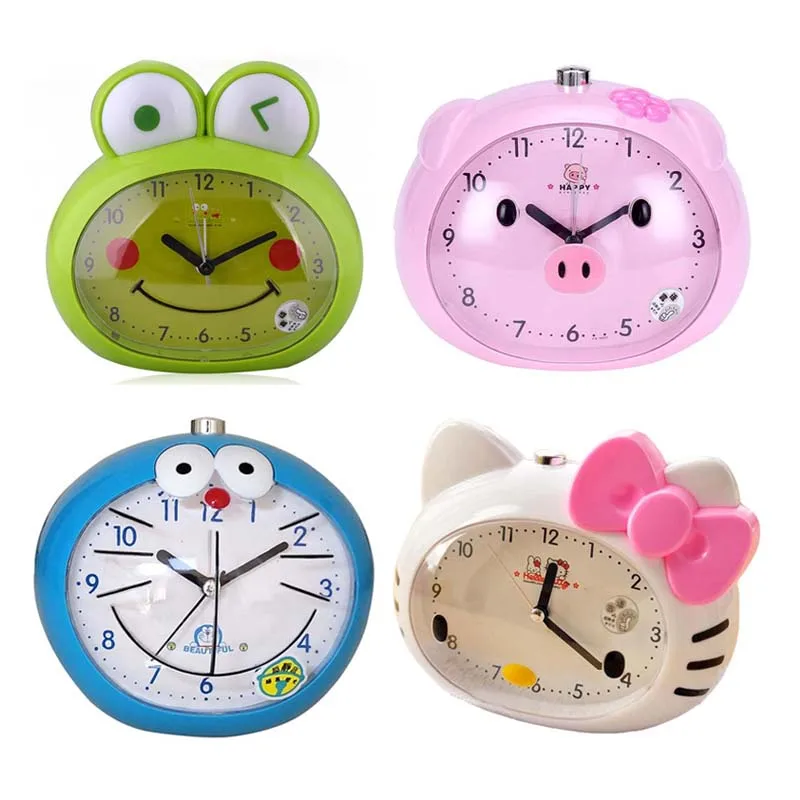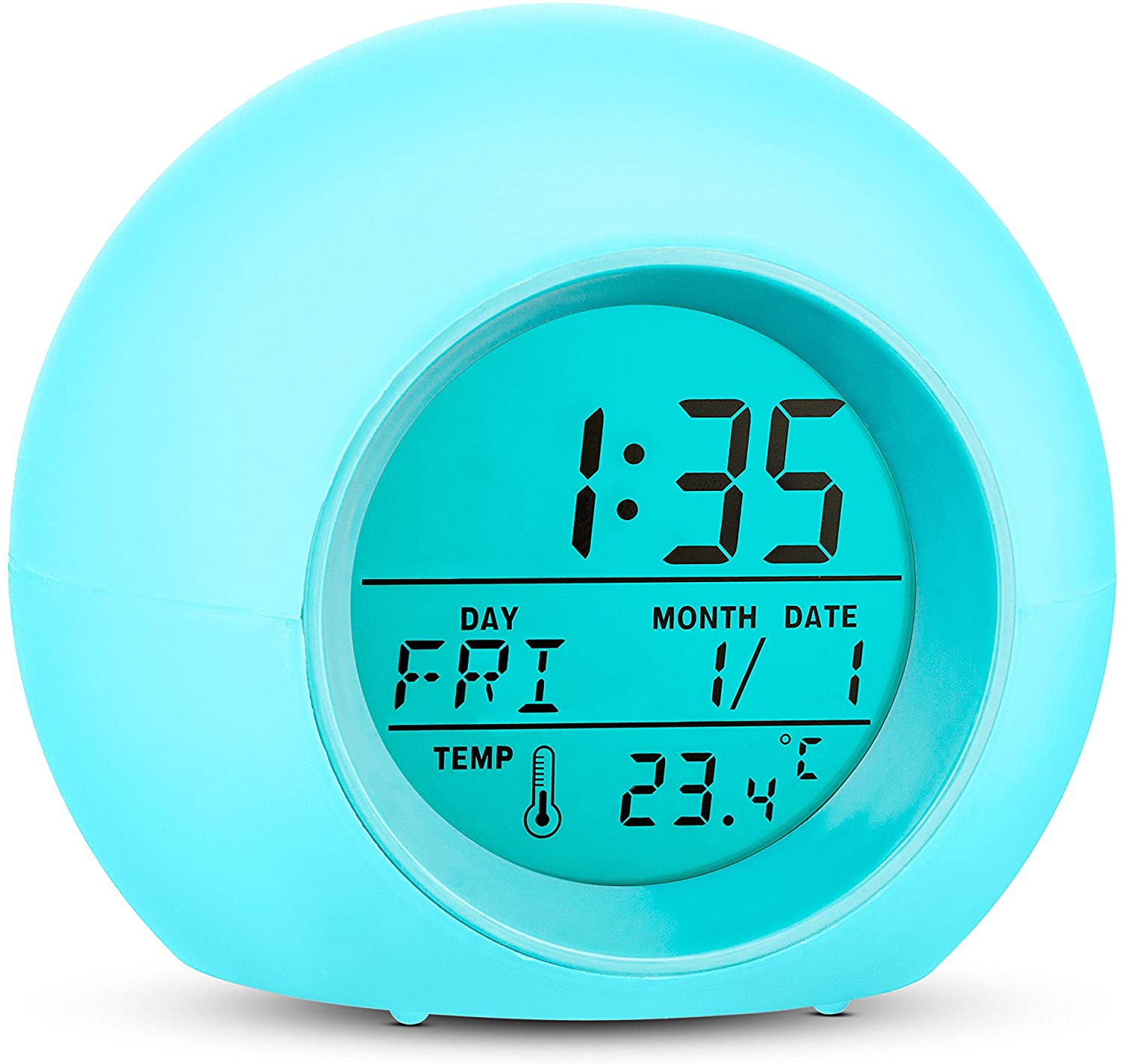

There are lots of things here that you can adjust.

Your baby or toddler wakes up like this and is ready to play and explore the world all over again! (They’re actually designed to have plenty of energy to go devour information for better brain development.)Īll that being said, you might find yourself wanting your kid to sleep in a little bit later. When we wake up during the lightest parts of our sleep cycle, we usually crave more sleep and bury our head back in the pillow. When you get kids to bed or in their crib properly, on time, with a solid wind down, they tend to sleep better and later. If you went to bed at 8pm, you’d be up and at ’em pretty early, right? Babies and toddlers need more sleep than adults (about 10-14 hours per day), but if you’ve got your kids on a super early bedtime, there’s a good chance they’ll be ready to go before the sun’s up.Ĭonversely, they could be staying up too late:Įxperts say sleep begets sleep. There are a few things going on here that lead toddlers to wake up really early in the morning: Why does it seem like natural wake-up time for young kids is around 5-6am? Aren’t they tired? Don’t they need more sleep?! Why do toddlers wake up so early? And how can you fix it without an alarm clock? But there are pros and cons to introducing alarm clocks that early, which we’ll dive into below. You can probably start teaching your kid to wake up using an alarm clock with some success around 2-3 years old. So I decided to do a little research on if they work and what age you can start using an alarm clock. One thought I had to fix this was to introduce one of those alarm clocks or wake-up clocks/lights for toddlers. I don’t like waking up in the middle of the night. Anything before 7 is the middle of the night as far as I’m concerned. Our 3-year-old is now waking up around 5:30-6am, ready to rock and roll. Make the rewards simple and desirable such as a small car, colouring book, pop up book etc.Daylight savings time just passed, and in our household brought with it a disturbing new trend. Explain that they will receive a prize after a certain number of nights and be as clear and consistent as possible.

For best results, move the time forward by 15 mins every 7-10 days until you reach the desired time. After a few days you can gradually adjust the time but don’t rush this process. When your child wakes at their usual time of 5:30am, pop in briefly and tell them it’s night-time and they must stay in bed until the screen changes colour. For example, if your child usually wakes around 5:30am but you would prefer them to wake at 6:30am, set the clock to come on around 5:40am to start with. Set the clock to come on close to your child’s usual wake up time to start with.Place the clock either by your child’s bed or high up on a shelf to stop your child from playing with it and always use the clock in ‘key-lock’ mode to prevent them from adjusting the time.If it’s too bright it may be too distracting and keep your child awake unnecessarily during the night. Adjust the brightness of the screen to suit your child’s room.Use the demo function on the clock to show your child a sample of the bedtime function and how the clock works. Make sure you explain fully to your child what is expected of them.Here are some simple but important steps to follow to get the most out of your clock. If your child can follow simple instructions such as ‘Find me your shoes, or turn the light off, they are likely to be ready. It usually works well with children from 2 years of age. Your child will need to grasp the concept of waiting for the clock to change colour and be expected to stay in bed until that time. The effectiveness of a sleep trainer clock depends very much on your child’s age and development. Top Tips When Introducing a Sleep Trainer Clock


 0 kommentar(er)
0 kommentar(er)
